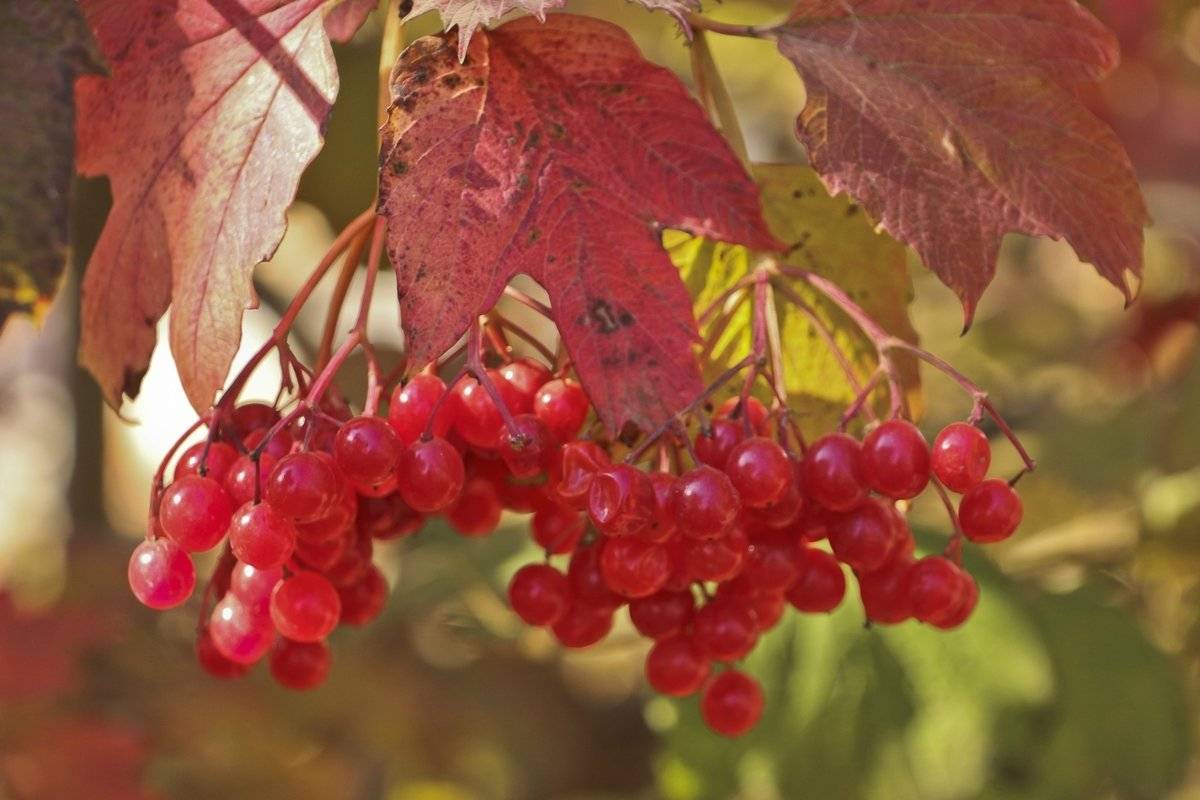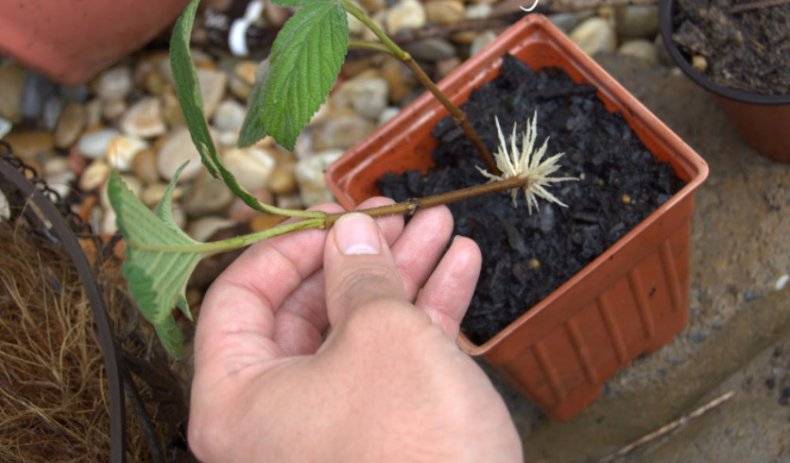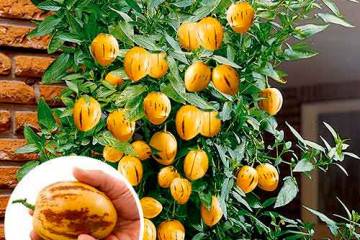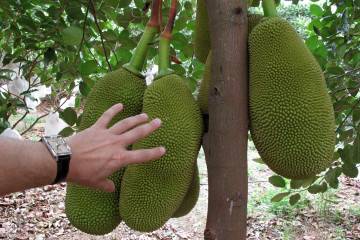Viburnum red is a shrub or tree - description
Content:
Viburnum red is a well-known and widespread plant. It gained popularity due to its fruits and bark, which is used in folk medicine. In the wild, it is found in many regions of Russia.
Viburnum red is a shrub or tree
Viburnum belongs to perennial plants. When growing, many ask the question: is a viburnum a tree or a shrub? Viburnum as a species refers to shrubs, but at the same time it grows in the form of a tree. Plant height can vary from 2 to 4 m. In its natural environment, it occurs on the banks of rivers and lakes.
Also viburnum ordinary grows in the following forests:
- mixed;
- broadleaf;
- oak groves;
- forest-steppe;
- spruce-small-leaved.
Kalina belongs to the Andoksov family. The description of the viburnum shrub says that in household plots it grows up to 2 m, less often up to 5 m.The bark is grayish-brown, small cracks are visible on it. The leaves are wide, rich green ovoid. They are up to 10 cm long and about 8 cm wide.
The flowers on the bush are white, small in size, collected in umbellate inflorescences. Fruits are round and small, red in color. Inside there is a small stone with a diameter of 7 cm. The berries taste herbaceous, sweet and sour.
Healing properties
Viburnum ordinary fruits are used for medicinal purposes. Tinctures, teas, decoctions are prepared from berries. The fruits contain a large amount of vitamin C, more than citrus fruits. Viburnum teas are used for colds, sore throat, they improve blood circulation, strengthen the immune system.
The bark is also useful, it is used for medicinal purposes. It contains ether-like, tannin and resinous substances. By infusing the bark in boiling water, it can be used in the treatment of:
- bronchitis;
- diabetes mellitus;
- hypertension;
- lowering cholesterol;
- skin diseases;
- excessive bile secretion;
- menstrual pain.
Briefly about the history of appearance
The healing properties of viburnum were known in Ancient Russia. Many legends, myths, poems and songs have been written about her. Over time, many varieties have been developed to improve the shrub. Compared with wild plants, the taste of the fruits of the domesticated viburnum became sweeter. The well-known decorative variety Gordovin (Viburnum Lantana), which belongs to the inedible class, is used in landscape design. Gordovina differs from edible species in lush and dense flowering. Viburnum Red Coral has sweet berries.
Care features
Kalina is unpretentious in care. In the spring, as soon as the snow melts, it is necessary to cut off dry and frozen branches, giving the bush the desired shape. In May, mineral fertilizers (nitrogen, phosphorus, potassium) are applied under the tree. After flowering is complete, organic matter (compost, wood ash) can be added. In dry and hot weather, the shrub is watered once a week.
After the harvest is fully ripe, it is harvested with brushes. To determine the ripeness of the fruit, you need to apply a little pressure on the berry. If the juice is released, it means it's time to harvest.After the harvest is harvested, potassium salt and superphosphate are added to the soil.
Viburnum blooms in the first month of summer. Flowers with short pistil and long stamens. The color of the petals is white, yellowish or pinkish, depending on the variety. Duration of flowering is about a month.
How viburnum shrub reproduces
The bush propagates in two ways: by seeds and cuttings. The first is laborious, you will have to make a lot of effort to grow viburnum from seeds. Varietal and decorative varieties are propagated more often by cuttings, less often by seeds.
Germinating seeds
You will need fresh seeds for growing. You can collect them in the fall or purchase them in a specialized store. Before sowing, the seeds are placed in a freezer for three months. Seeds are sown in a container with sod soil, after placing them in a weak solution of potassium permanganate. They are buried 5 mm, sprinkled with earth on top. After planting, future bushes are moistened with a spray bottle. The container must be covered with foil and opened once a day.
Propagation by cuttings
Growing from cuttings is the easiest way to propagate. In addition, it retains the varietal characteristics of viburnum.
For grafting, take lignified two-year-old shoots with a length of 20 to 30 cm. It is better to harvest planting material in the fall. The lower part of the cutting is cleaned of bark, then soaked in a growth stimulator, and then planted in a container with soil. The box with the plant is placed in a room with a temperature of at least 22 ° C. The soil must be regularly moistened. After the cuttings are rooted, they are planted in separate pots. In the spring, the bushes are sent to open ground.
Transfer
As they grow older, the bush needs more free space. The bush is transplanted in spring or autumn. Spring transplantation is carried out in the first month, before the onset of heat, the plant has time to take root. In autumn, you need to choose a time so that the bush has time to adapt before the onset of cold weather. After transplanting, the tree must be spud and wrapped for the winter.
The transplant is carried out according to the following principle:
- The site must be dug up in advance.
- Dig a planting hole 50 by 50 cm.
- Add fertilizers (humus and wood ash) to the hole.
- Collect and tie all branches before planting.
- Dig up the Kalina and pull it out of the old hole at an angle of 30 ° along with a lump of earth.
- Place the tree in a new hole.
- Cover the roots with soil.
- Drizzle and top with peat briquette.
Kalina has a lot of nutrients. Some gardeners use it as a hedge, planting shrubs along the site. Viburnum goes well with other plants, it can be planted both in a group and separately. The shrub does not require special care, even a child can cope with growing at home.




















